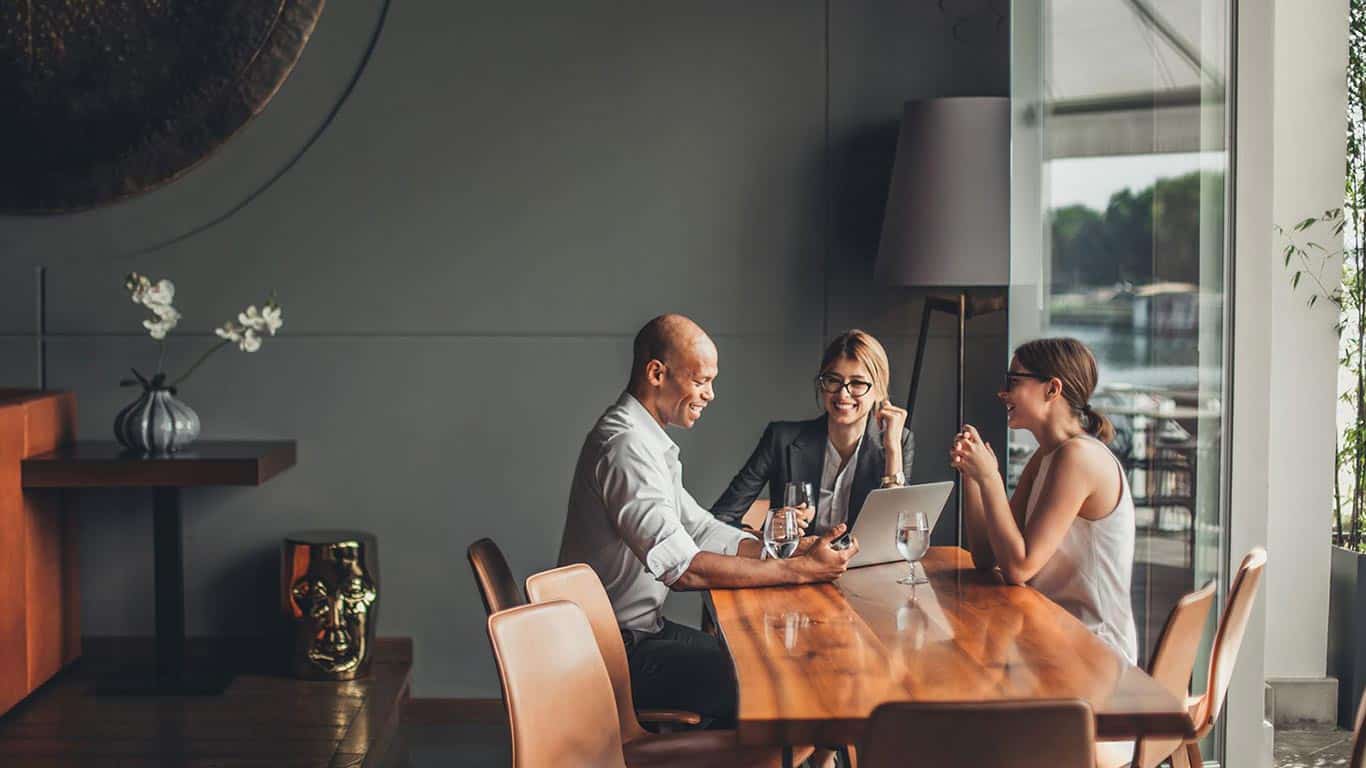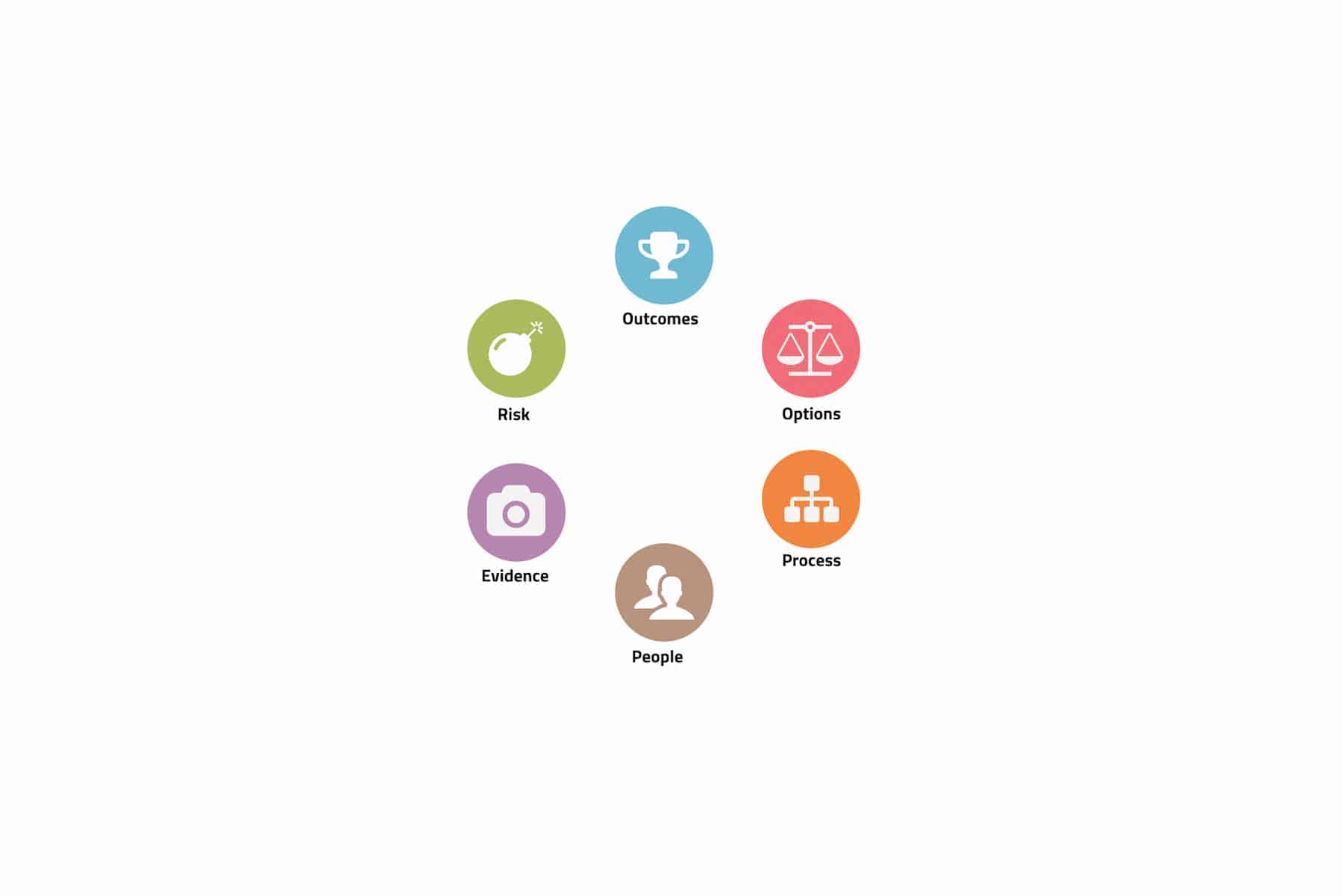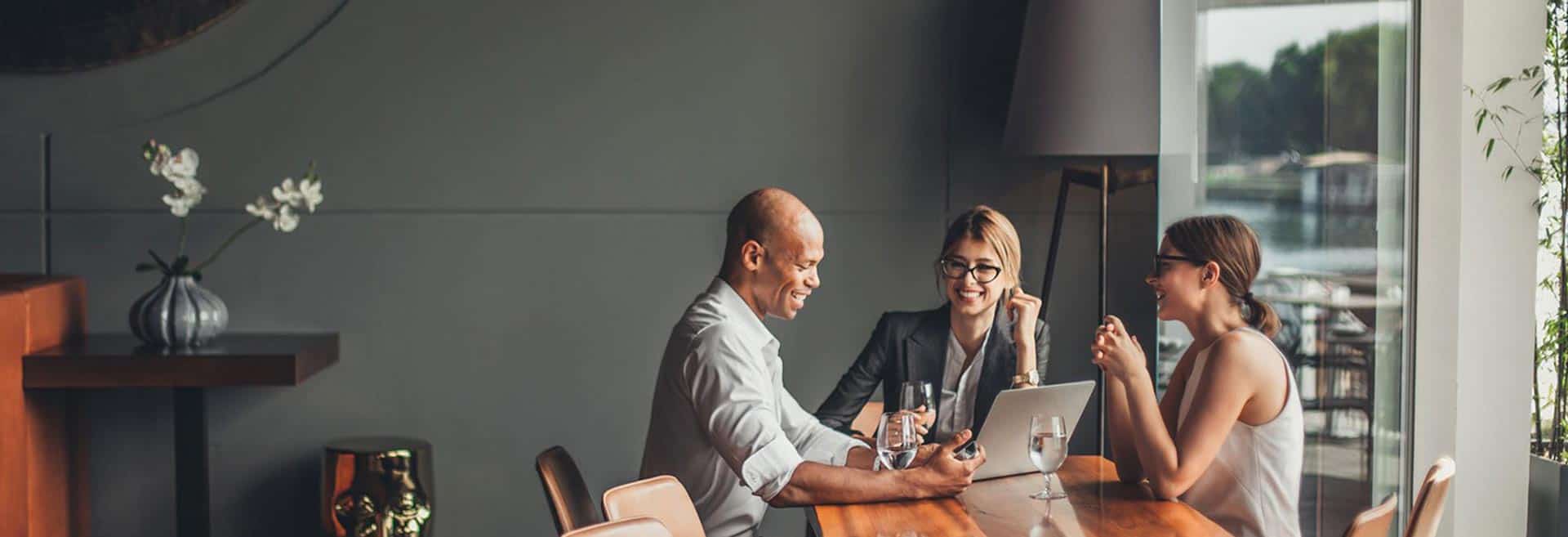
24 Aug Food For Thought… How diversity can create a better workplace
What do Barrack Obama, Charles Darwin & Warren Buffett have in common? They each are strong advocates of diversity of thinking to achieve the best outcome.
The notion that the best ideas are ones generated collectively as a team, was a hot topic at this year’s Worktech event in Sydney. Specifically, the discussions centred around how this way of thinking could be applied within the workplace to enhance a business’s operations, increase staff engagement and revolutionise the company’s culture and brand.
The optimal decision process is complex yet easy to implement once dissected. From an overarching level, it is important to surround yourself with multiple individuals who can table their ideas and provide advice on a matter. Barrack Obama applies this decision making process routinely. When faced with an issue, he goes around the room and asks each of his trusted advisors for their opinion on the topic before tabling his own opinion. In this way, he is able to make a more well-rounded, insightful decision. Barrack takes into account multiple perspectives that, as an individual, he could not have conceptualised on his own.
The effectiveness of this decision making process, however, goes beyond simply surrounding yourself with multiple individuals and their opinions. One of the speaker’s at Worktech, Juliette Bourke (Partner of Human Capitol at Deloitte), explained that people are naturally drawn to like-minded individuals who share similar viewpoints and attack problems in a similar way. In sum, limiting the effectiveness of an open discussion.
Juliette stated that people naturally apply 1-2 of the following approaches when faced with a problem – Outcomes, Options, Processes, People, Evidence and Risk – with leaders naturally gravitating to an Outcomes and Options approach:

The most effective ‘round-table’ forum should comprise of a balanced mix of all of these approaches. In this way a well-considered decision can be made based on evaluating a diverse collection of ideas.
Juliette’s point was supported by fellow speaker Robbie Robertson (Partner, Spatial & Brand Experience, Deloitte) who presented a real-world example of the benefits achieved by exercising diversity of thinking within the workplace.
Robbie embarked on an experiment to reinvent the structure of his workplace by redesigning the office with a new central collaborative space.
His goal was to create a space that allowed all team members, regardless of their positions to have a voice and show their personality, encouraging the diversity to come through in the workplace. He asked every member of his office where they felt most comfortable and the common consensus was that they all loved to spend time in their kitchen. This led him to experiment with a redesign of their office, where the kitchen became the centre of the office environment and moved towards the entrance. They removed any reception or workplace signage to give it a homely feel. It was in this space that all the staff meetings and socialising occurred, making people feel comfortable and therefore entirely changing the dynamic.
The results from this experiment were hugely significant. It allowed people to work in a more authentic and productive way.
The company began to hold the majority of their project meetings in a stand up and informal process creating an open forum. This resulted in an increase in communication between all levels of staff and their clients. The human hierarchy was broken down through this simple change in the design of the office allowing all levels of staff to have more of a voice opening the floodgate to new ideas. They felt more comfortable to have their own opinions and shared their ideas resulting in more innovative ideas and perspectives from all members of the team.
In addition to this, clients began to stay on after their meetings and interact with other clients, creating a very social and interactive hub to the point where they began to facilitate the introduction of various clients adding another layer to how their business assists clients. Robbie was able to see the different ways of thinking and began to see how these diverse approaches of thinking were being broken down amongst his team to create more tactful, strategic and progressive solutions that had the collective teams buy-in.
Juliette and Robbie have shared an incredibly interesting insight into the importance design has on the success of a business through drawing a significant and direct connection between the workplace environment and human interaction. This considered design can actually change the whole make up of a company. Robbie’s innovative collaborative kitchen design has shown how Juliette’s balanced problem solving approach can be implemented quite naturally in a very informal and collaborative environment. It has demonstrated that that there is proven research behind the rationale that a collaborative workspace has become a far superior and efficient style of workplace design. A responsive, supportive, well-designed collaborative office layout will contribute greatly from this.
 Blog contributed by our very own designing gun… CLIONA REID
Blog contributed by our very own designing gun… CLIONA REID
“Quick witted with an eye for detail our Irish chick has it covered!”


